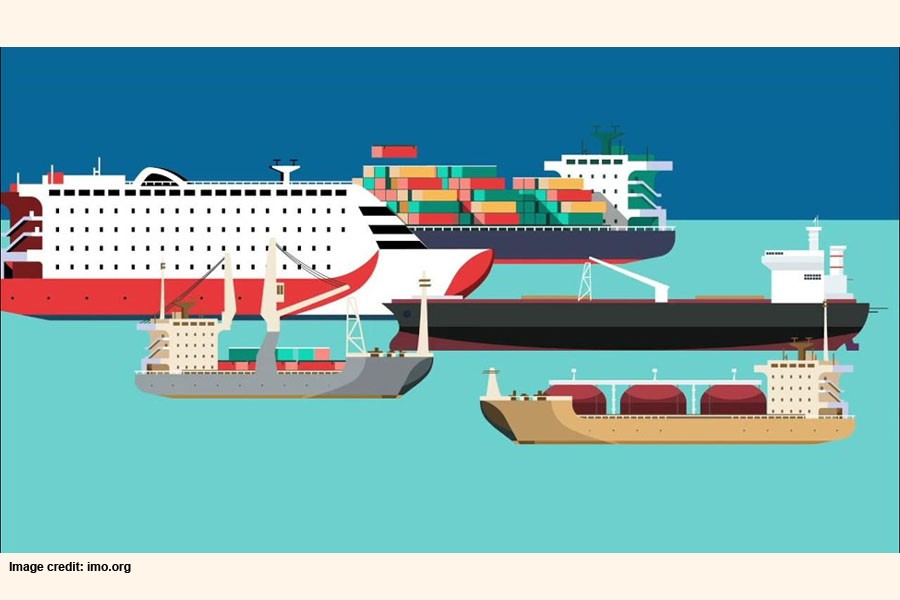search the site
India’s Financial Trouble Could Spell Problems for the Tanker Market as Well
India’s Financial Trouble Could Spell Problems for the Tanker Market as Well
in Hellenic Shipping News 16/12/2019

The financial situation in India isn’t the rosiest of late, spelling trouble for the future demand of oil and thus the tanker market as well. In its latest weekly report, shipbroker Gibson said that “India, which is home to over 1.3 billion people was once heralded as one of the most important drivers behind oil demand growth. To put it into perspective, India has 1 billion more people than the United States but only consumes a quarter the amount of oil, underpinning its potential. However, slower economic growth rates are denting demand, impacting on both crude and products tanker trade. If Indian growth stays lower for longer, world oil demand expectations will need to be paired back. So how is this lower demand growth impacting the tanker market?”, Gibson wondered.
According to the London-based shipbroker, “firstly, the slower demand growth is clearly apparent in crude oil imports. Imports last year averaged 4.5 million b/d, but for the year to date are running lower at 4.4 million b/d, against outright demand of 5 million b/d. Quite simply, India has not been importing as much seaborne crude this year. However, even with sanctions on Venezuela, the country has been taking more Atlantic Basin crude in the face of OPEC+ cuts and Iranian sanctions. Assuming the status quo in terms of sanctions and OPEC+ cuts is maintained, India is likely to continue sourcing long haul barrels to fulfil its demand”.
“Secondly, on the CPP side, exports of refined products, most notably middle distillates, have increased year on year as domestic refiners have been forced to seek alternative outlets for their excess product. Over the first 8 months of the year, India exported an average of 2.57 million tonnes of middle distillates per month. However, for the 3 months September to November, exports jumped to average 3.58 million tonnes per month and look set to remain above 3 million tonnes in December”, Gibson noted.
The shipbroker added that “to understand what crude and products trade is likely to look like next year, it is important to understand developments both in terms of refining and demand. Economic growth has slowed to 5.9% this year, although current projections are that GDP will rebound somewhat to 6.3% in 2020. Against this backdrop, demand is expected to rise by 180,000 b/d to 5.18 million b/d, assuming economic growth lives up to expectations. However, refining runs are forecast to be relatively stable year on year, which tends to point to crude imports staying relatively flat in 2020, whilst refined product exports should ease back in order to cater for rising domestic demand. Only limited new refining capacity is due to come online over the coming years which should limit any growth in exports out of the country and may also curtail crude import growth rates over the coming years”.
Concluding its analysis, Gibson said that “overall, continued growth
in Indian crude imports is dependent on economic growth rebounding and,
unless the economic situation dramatically improves, crude imports into
India are likely to see only modest growth. Product exports may come
under downwards pressure as demand rises ahead of domestic refining
capacity expansions, meaning that the surge in product exports seen
towards the back end of this year is unlikely to persist in the long
term”.
Nikos Roussanoglou, Hellenic Shipping News Worldwide






















